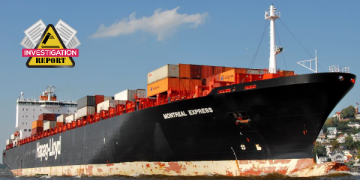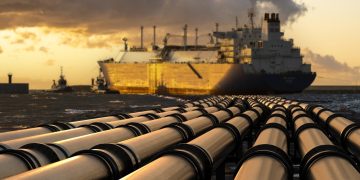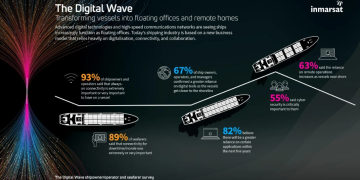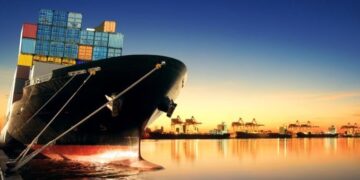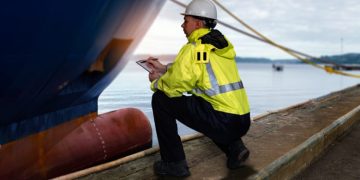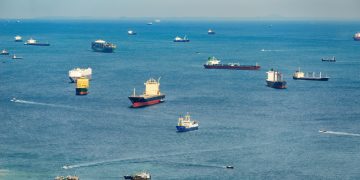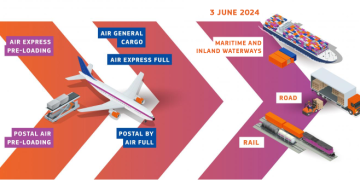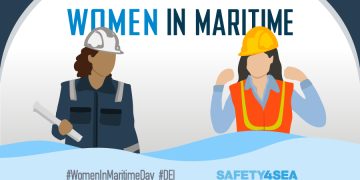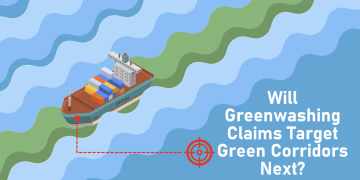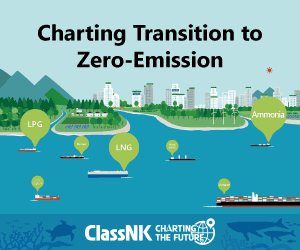Shore power makes ports more energy efficient
A new report conducted by the Navigant Research explains how important tool shore power is for more energy efficient ports.Moving and transferring goods are an essential part of the global economy, and ports are the primary mechanism for transferring cargo from ships to eventual land destinations.In port operations, ocean-going ships, yard trucks, forklifts, cranes, drayage trucks, and railcars all have significant impacts on the surrounding environment, mainly through the burning of diesel fuel.However, different technologies and strategies are providing ports with the capability to drastically improve energy efficiency and become more sustainable. These include the use of shore power, upgrading or retrofitting cargo equipment to run on electricity or natural gas, and incentive programs designed to encourage reduced and cleaner fuel usage.Navigant Research projects that the use of shore power will ultimately become the most impactful tool in making ports more energy efficient, largely due to the enormous associated environmental improvements when using this technology and the existing shore power regulatory requirements in California and the European Union.Shore power equipment suppliers are expected to see an increase in market opportunities over the forecast period, particularly in these favorable regulatory environments and the emerging markets in Asia Pacific. According to Navigant ...
Read more





